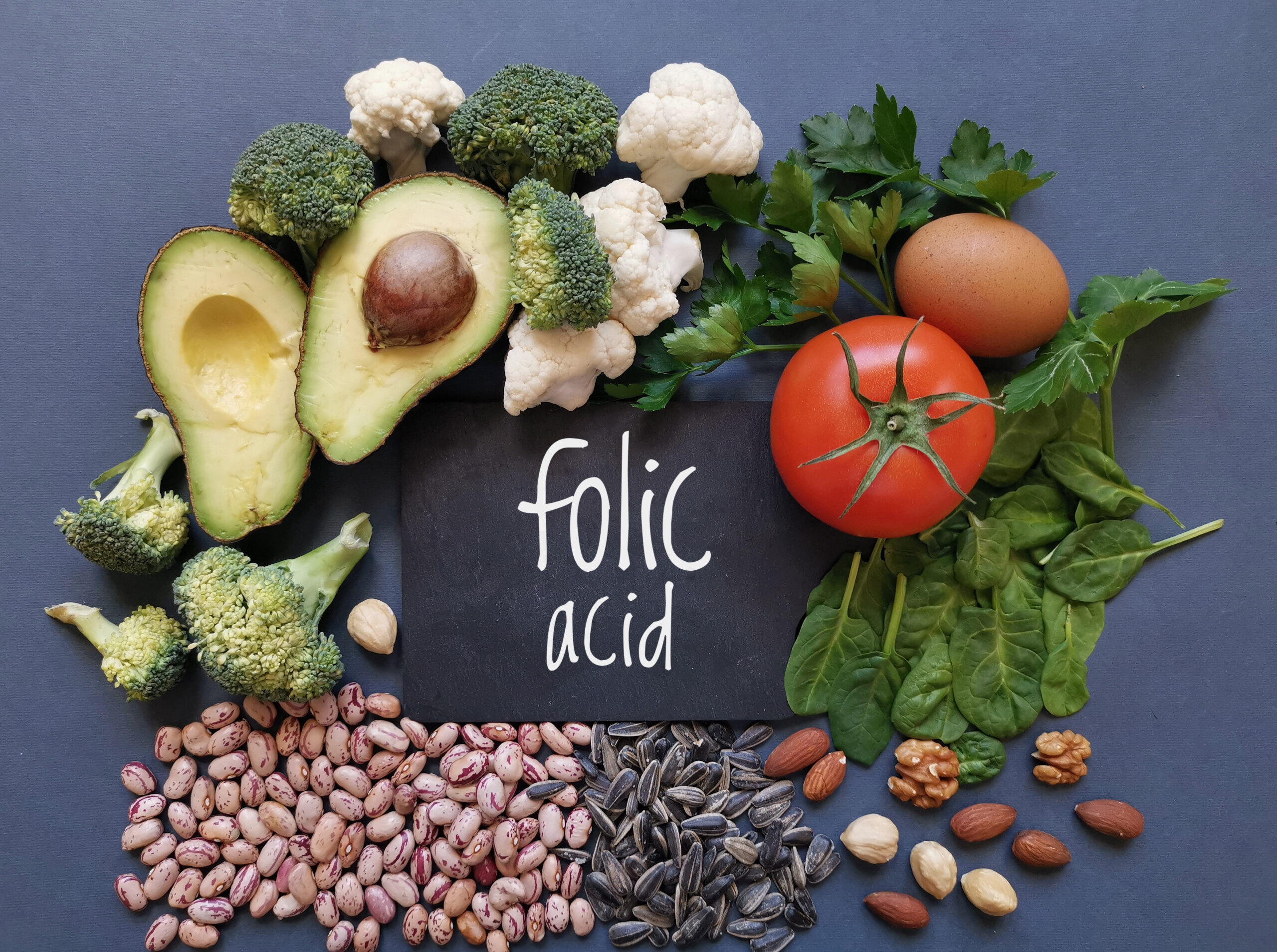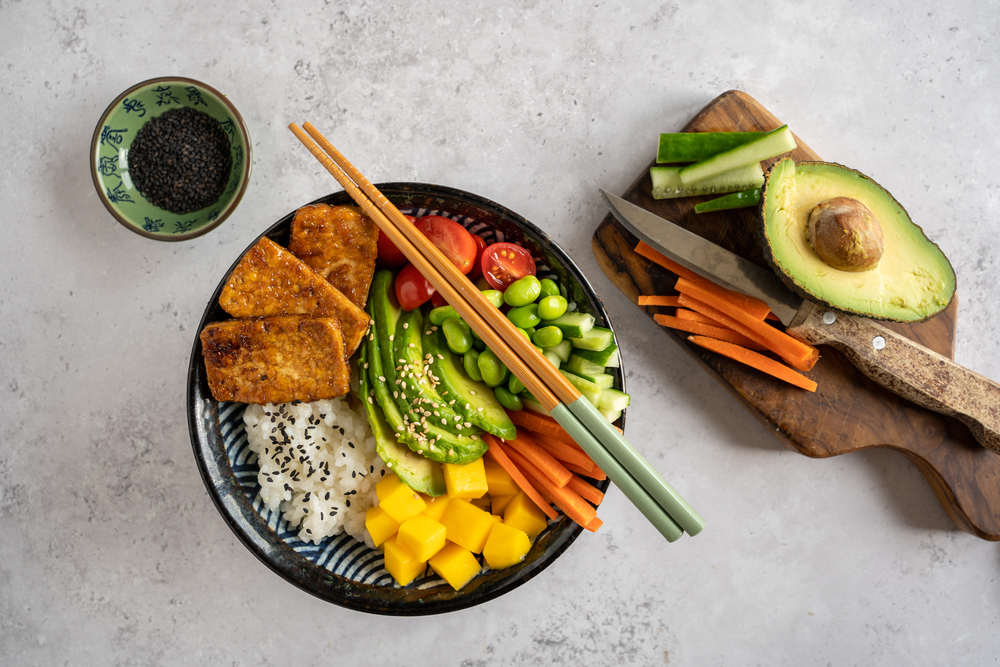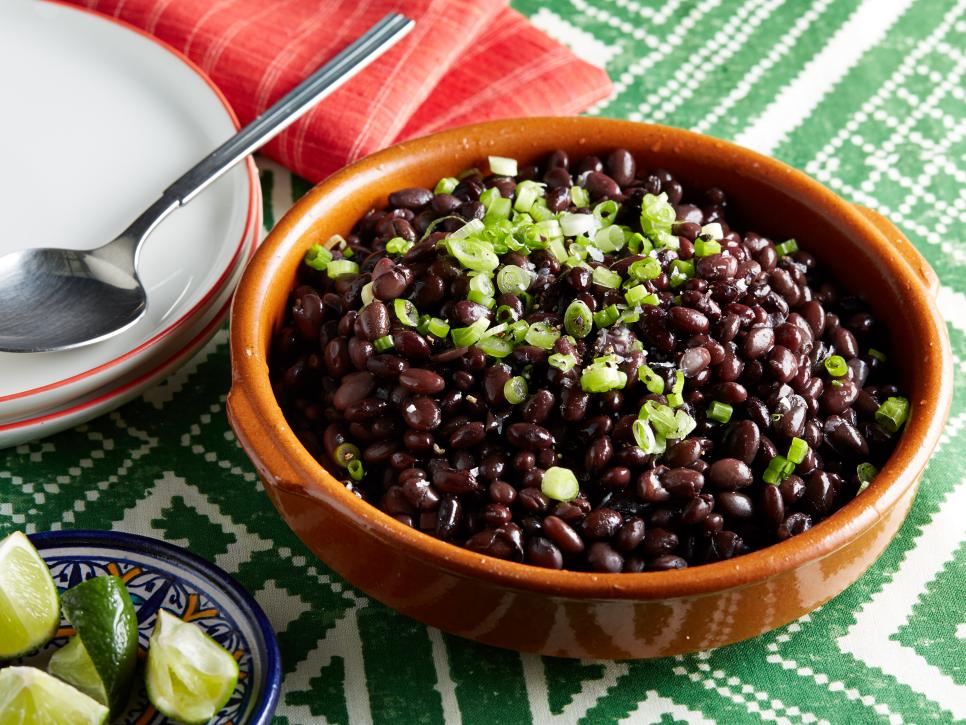

Many people don’t think about integrating folate or folic acid into their diet until they’re trying to get pregnant, and indeed it is one of the prenatal vitamins given. But, studies are showing that folate has a much more extensive role; it is an important nutrient and key to maintaining optimal health. Furthermore, there is a direct correlation between lack of folate and alzheimers.
First, let’s define what folate is: folate is derived from the Latin word “folium,” which means leaf. Green leafy vegetables, such as spinach or kale, as well as beans, fruits, fortified grains and lentils are great resources for folate intake. Diets that are rich in folate have been shown to decrease the risk of cardiovascular disease.
Let’s clear up a common misconception: that folate and folic acid are the same thing. Folate is a B-vitamin (vitamin B9 to be exact) that is naturally found in food. It’s needed to make DNA and other genetic material and is key for helping cells divide. Daily intake of folate is highly recommended for pregnant women or those who intend to become pregnant. Adding folate is highly important in the early stages of pregnancy since it helps a baby’s brain, skull, and spinal cord develop properly, which is why folate is given as a prenatal supplement. It is for this reason that women who are pregnant or place to become pregnant should increase their daily intake of folate.
Folic acid is the synthetic version found in supplements and fortified foods. It’s important to note that folate is not made by the body, which makes it an essential nutrient that we must get from outside sources, meaning our diet and eating foods rich in folate.
Given its importance, it is beneficial to know how your body metabolizes the folate that you ingest. A well-studied variant in the MTHFR gene has been linked to altered folate metabolism, resulting in lower folate levels and elevated plasma level of homocysteine which has been implicated in a wide range of negative health outcomes.
Well & Good, the popular health magazine states:
Now, there is one more key reason to zone in on folate. A new study published in Frontiers in Neuroscience found that there is evidence to show that the vitamin plays an important role in the development of Alzheimer’s Disease. Around 60 publications were included in the review, each of which had a sample size ranging from 24 to 965, to comprehensively evaluate the associations between Alzheimer’s and folate levels. The results showed that the folate level of Alzheimer’s patients was lower compared with that of the healthy controls.
The Fisher Center for Alzheimer’s Research Foundation states “Getting enough folic acid, a B vitamin critical for brain and nerve health, may help ward off Alzheimer’s in old age, a new study from the University of California at Irvine reports. Men and women aged 60 and up who regularly consumed the recommended daily allowance (RDA) of 400 micrograms (mcg) of folic through foods and supplements cut their risk of developing the brain-ravaging illness by over 50 percent.”
As folate aids in the growth of healthy cells, it isn’t difficult to make the leap to see proper folate as a protective factor for Alzheimer’s.
The MTHFR gene codes for methylenetetrahydrofolate reductase, an enzyme. When you take a folic acid supplement, MTHFR converts the folic acid into L-methylfolate, also called 5-methyltetrahydrofolate (5-MTHF). This is the biologically active form of folate; in other words, it’s the type of folate our cells can use.However, if you have an MTHFR gene mutation, your body might have a hard time making this conversion. The most common genetic variant is the MTHFR C677T mutation, which is found in 20 to 40% of white and Hispanic individuals and 1 to 2% of black individuals in the United States.
Another variant, called the MTHFR A1298C mutation, is the second most common type. According to the journal Circulation, it’s found in 7 to 12% of people in North America, Europe, and Australia. It’s also found in 4 to 5% of Hispanic individuals, 1 to 4% of Chinese individuals, and 1 to 4% of Asian individuals.
Having a MTHFR gene mutation means your body is unable to efficiently code for MTHFR enzymes. This decreases normal enzyme function, or in some cases, totally turns it off. The result? Folic acid gets “stuck” and isn’t converted into a usable form. With high doses, unmetabolized folic acid can accumulate in the blood. (Generally, this isn’t a cause for concern—except for the fact that your cells aren’t getting the folate they need.)
In our programs at The Holistic Highway, we include genetic testing for any predisposition to low folate levels. If you have the gene mutation – it would be strongly recommended that you consider optimizing your daily intake of folate. One of the ways to increase your optimization is to add folate rich foods into your diet. Here are the top 7.
FOLATE CONTENT: 1/2 cup, 241 micrograms, 60% DV
Edamame is incredibly nutritious and can be a delicious way to start incorporating folate into your diet. It makes a delicious snack or appetizer that provides a prolonged energy boost thanks to the combination of fiber and protein, which help to keep blood sugar stable. So, whether you enjoy it dried or before a sushi binge, you’re sure to love all the folate -healthy benefits that these green legumes can provide.
FOLATE CONTENT: 1/2 cup, raw cubed, 27 micrograms, 6.75% DV
This sweet, tropical fruit is sure to become a summer favorite once you learn about its many benefits. Papaya is packed with nutrients, and it contains natural digestive enzymes (read: bye-bye bloat!). If you’re looking to boost your folate intake and decrease belly bloat, papaya is a great choice.
FOLATE CONTENT: 1/2 cup, sliced, 59 micrograms, 14.75% DV
Avocado may be one of the most popular foods of the moment, and it’s for good reason. Avocados are packed with good-for-you fats, fiber, and—you guessed it—folate. So go ahead and reach for that guacamole, avocado toast, or one of this Chocolate Avocado Fudge Recipe, and you’ll be on your way to getting your daily folate in no time.
FOLATE CONTENT: 1/2 cup, cooked, 179 micrograms, 49% DV
Lentils are a great source of protein and fiber and are a super satisfying source of plant protein. They’re wonderful to add to the diet as their fiber helps to keep you regular and improve gut health. They’re also a great source of iron, which is particularly good for vegetarians who often struggle to get enough. They make a great substitution for meat in tacos, salads, and soups.”
FOLATE CONTENT: (dry roasted) 1 ounce, 27 micrograms, 6.75 % DV
Even though they aren’t technically a nut, peanuts (which are actually legumes!) pack a variety of nutrients in such a small package. A simple one-ounce serving contains a satiating 6.9 grams of protein and about 14 grams of fat. Enjoy peanuts mixed in your favorite trail mix, top your salads with them for extra crunch, or enjoy a classic peanut butter spread with fresh fruits and veggies for a snack.
FOLATE CONTENT: 1/2 cup, cooked, 164 micrograms, 40% DV
Asparagus is not just a great source of folate but it is also rich in fiber, and is a great source of anthocyanins—these antioxidants help protect the body from the damage caused by free radicals, which can lead to chronic disease. Another fun reason to add it to the diet: asparagus contains the amino acid asparagine, which acts as a natural diuretic, helping to flush excess fluid and salt from your body. Try our Meals That Heal-Sesame Garlic Roasted Asparagus for a delicious way to up your intake of folate.
FOLATE CONTENT: 1/2 cup (canned), 128 micrograms, 33% DV
Black beans are not only a great source of folate, but they also pack lots of protein (even more than an egg) and fiber—making them a great addition to meals and recipes. Black beans are popular in chili and soups, but they also make a great addition to other recipes where beans are standard. Enjoy them with a traditional rice and beans dish, or even use them to swap out the refried beans in your burritos and tacos.
You can also try adding black beans with this delicious lunch or dinner recipe

If you’re looking for a holistic approach to both health and fitness that takes into account your genetic predisposition, then let’s set up a complimentary 30 min chat.
Set Up a Complimentary Consult
In health,


The Holistic HIghway integrates traditional Western medical practices with Ayurveda medicine, creating a focus on prevention through nutrition, diet, and exercise; use of the latest genetic testing and other diagnostic techniques; and prescribed combinations of botanical medicines, supplements, therapeutic diets, detoxification programs, or stress-management techniques.

Integrative Health Expert | Ayurveda Practitioner | Author | Speaker
Kerry is a globally recognized leader in integrative medicine and the science of health known as Ayurveda. She is passionate about raising awareness of the need for a change in contemporary medicine that focuses on patient empowerment and a health-based (rather than disease-based) medical system.
Kerry is connected with The University of Pittsburgh Center for Integrative Medicine and remains a pioneer in the field of integrative medicine where she has developed a personalized system to manage chronic disorders by incorporating fundamental changes in diet, behavior, and stress while focusing on genetics.
This individualized program is so successful that many of her clients have achieved maximum healing and vitality after years of chronic problems!
More to Explore
Contact
Disclaimer
The sole purpose of all the website content is to educate and provide information about Integrative Health, Genetics and Ayurveda.This information is not intended for use in the diagnosis, treatment, cure. or prevention of any disease.
Stay Connected